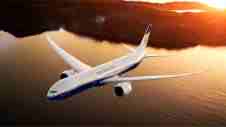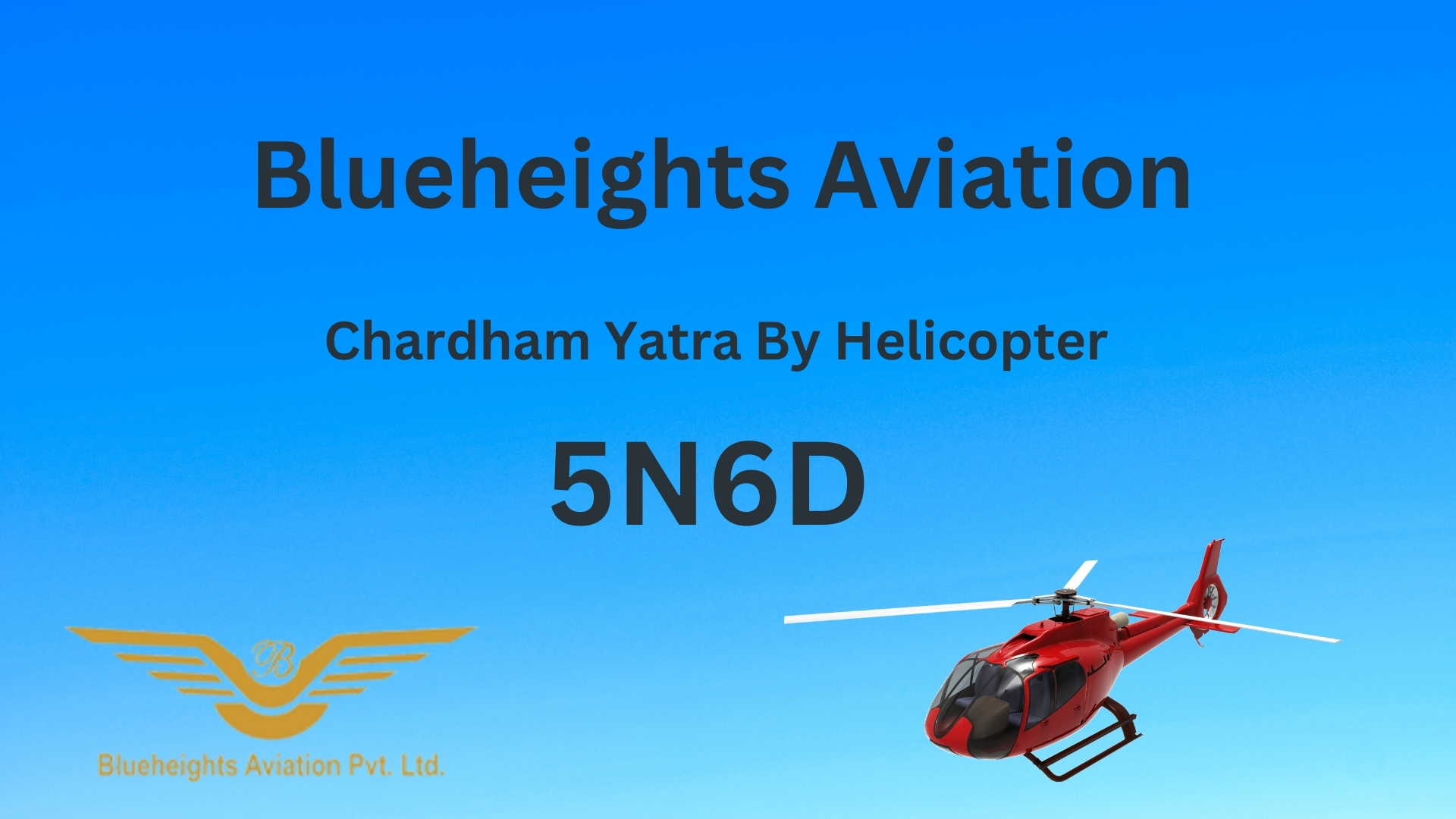How fast does a private jet go ?

One of the considerable reasons why flyers prefer a private jet is a comfort, luxury and time-saving they offer while commutation. You not only skip the queues but a private jet also helps you to escape unnecessary stoppages.
A private jet can cruise at speeds from 400 mph to 700 mph with an average cruising speed of 700 mph. Cessna Citation X is one of the popular private jet option that comes with the speed up to 711 mph.
While a Boeing 747 offers a speed up to 500 mph, opting for Dassault Falcon 7X renders you a speed up to 685 mph. A Gulf G-650 allows you to travel at the speed of 704 mph.
The speed of an average commercial aircraft varies between 460 mph to 575 mph
Flight speed is limited by the strength of the aeroplane's frame. Since increasing weight reduces flight speed, many private aircraft are designed for short or medium range flights.
There are several factors that influence the speed of a private aircraft including temperature, mass of the airplane and its altitude. If an aeroplane has more mass, it will lead to drag and thus reduces its speed.
As the aeroplane reaches a considerable altitude level, the speed enhances. However, only a specific altitude range leads to the best speed. Lower temperature allows the plane to travel faster with increased thrusts.
As private jets are much smaller than commercial jets and fly at a higher altitude, both these factors help the private jets to fly at a faster pace.
How High do the Private Jets Fly?
The altitude of private jets is generally higher than commercial jets. While a commercial jet flies at an altitude up to 38000, a private jet can go as higher as 41000.
Secondly, commercial aircraft are heavier due to high passenger load and other considerations. As the air becomes thinner at the higher altitudes, planes flying at a higher altitude need less resistance. But flying at a very high altitude also poses safety risks, especially during emergencies.
Private jets are lighter in size and safer to run at higher altitudes. they are generally out of the commercial jet airspace and thus help the civil aviation authorities to control and monitor the air traffic.
Compared to commercial and private jets, single-engine private helicopters and aeroplanes fly at much lower altitudes. As the oxygen levels are lower at the higher altitudes, the single-engine helicopters lack the life-support systems and other amenities required to fly at the higher altitude.
Up to the altitudes of 12,500, the planes do not require any additional oxygen support. But if a plane flies between 12,500 to 14,000 feet of altitude, then oxygen support is required for crew and passengers for the flights lasting more than 30 minutes.
The thinner atmosphere at igher altitudes leads to pressure over the plane. As soon as the jet reaches an altitude of 8000 feet, the cabin crew starts feeling the pressure.
What is the fastest commercial plane?
Boeing 787 Dreamliner is considered as the world's fastest plane with a cruise speed of 560 mph. It can go as high as 776 mph of speed as well. Boeing 777 is considered as the second fastest commercial plane with a top speed of 745 mph. Airbus A380 stands third in the league.
Are Private Jets Safe?
Yes, Private Jets are safe to consider. As Private Jet owners are bound to follow the strict rules and regulations, they comply to the highest safety standards to cater their high-profile clients. Airplane accidents are rare and often does not lead to fatal casualties.
Can Private Jets Fly Overseas?
Yes! Private jets can fly overseas. However, more planning is required when you travel internationally than a domestic flight. You need to clear the immigration formalities for the destination country before you depart the origin country.
The company owning the private jet also need to get clearance from the destination airport before landing in the destination country. Most private jet companies seek prior notice of 2 days or more from their clients before scheduling an international private aeroplane.
There are some companies which can make the arrangements within few hours as well.
Does Private Jet need Two Pilots?
The Federal Aviation Administration (FAA) mandates two pilots on board if the weight of the plane exceed 12500 pounds. It is applicable for both commercial as well as private jets.
However, if the private jet is owned and managed by an individual instead of a charter company and weighs less than 12,500 pounds, it allows the owner to certify that they are going to fly the aeroplane with one pilot.
Conclusion:
Now you can understand that private jets do fly at higher altitudes and single-engine private helicopters and planes fly at much lower altitudes. You also know that private jets are safe to consider and can go overseas with prior notice of a few hours. Finally, Private Jet owners need to abide by the rules and regulations to ensure safety for themselves as well as the other people on board.
Book a private jet / charter flight now!
You May Also Like
What foods can I get on private jet charters?
How to find Best Top Private Jet Charter Companies
How much luggage can I take on a private jet?
How to Book a Private Jet – 4 Easy ways to do.














